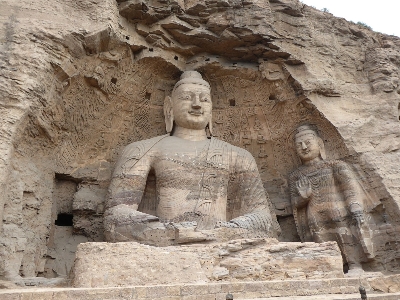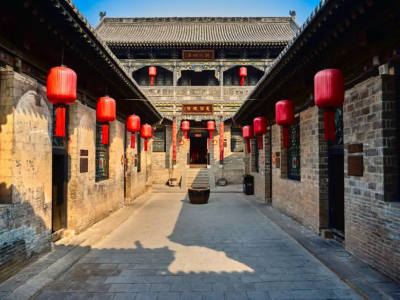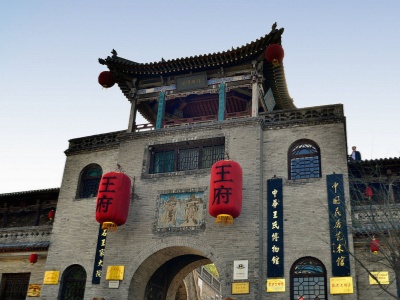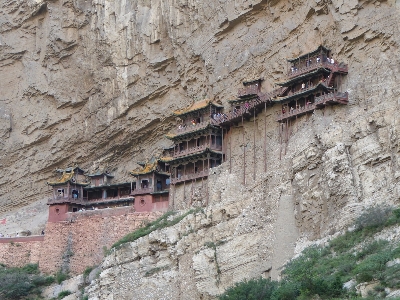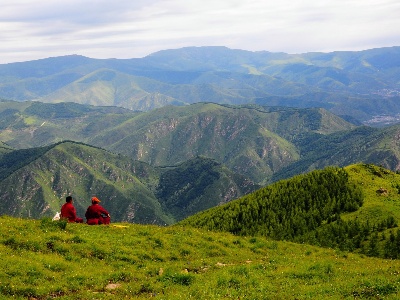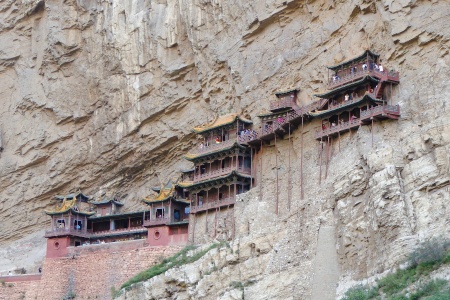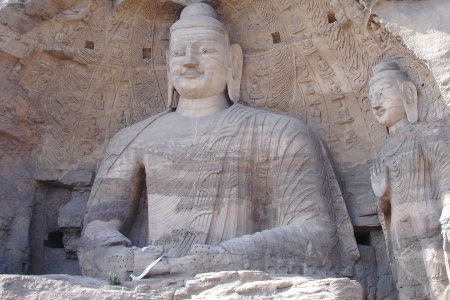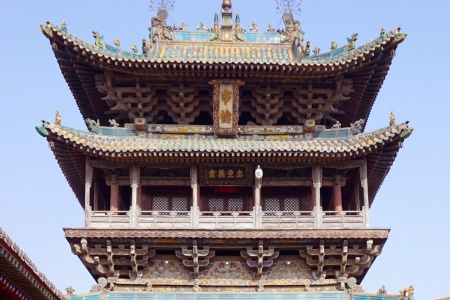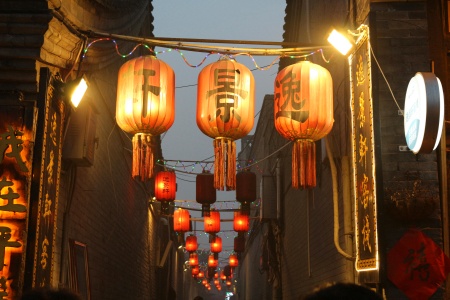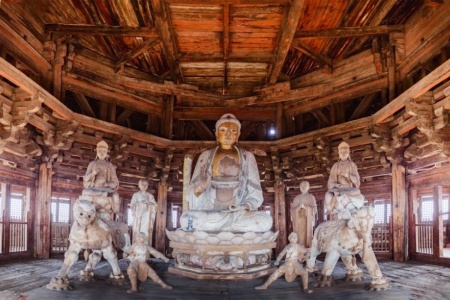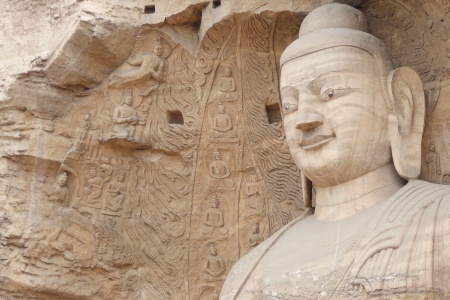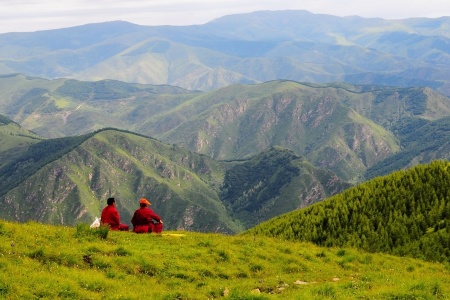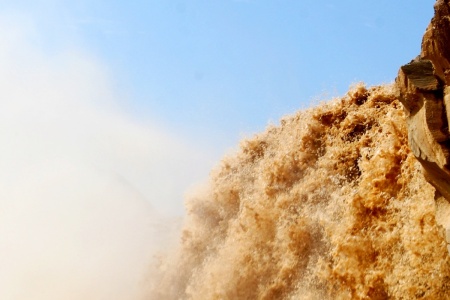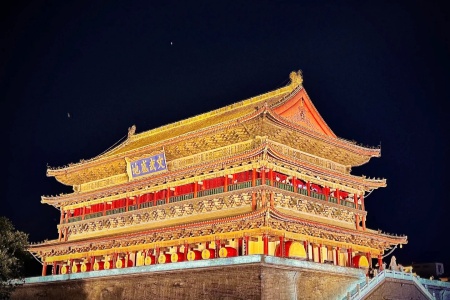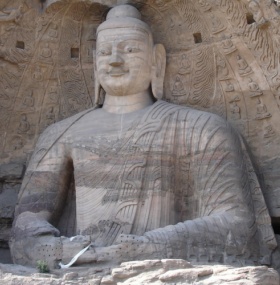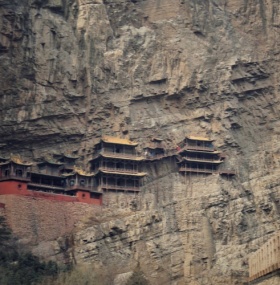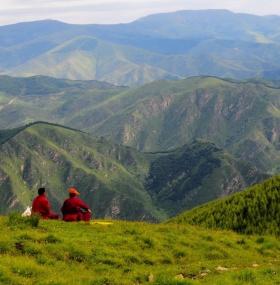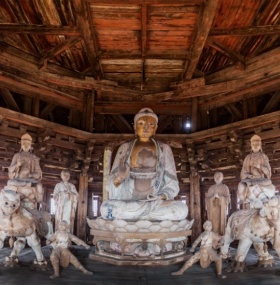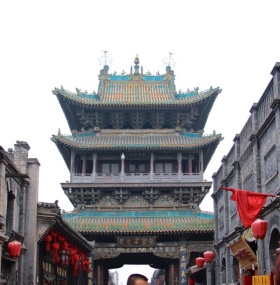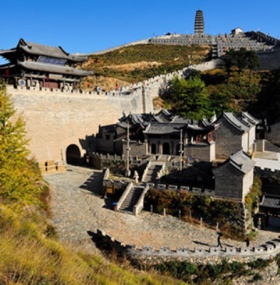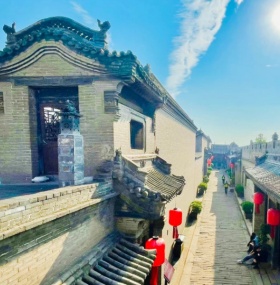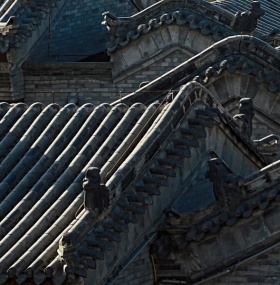China Shanxi Travel & The Most Popular Tourist Routes In 2025
Shanxi, located in North China, is a province with a long history and deep cultural heritage.
Shanxi is one of the important birthplaces of China's ancient civilization and has many famous historical and cultural cities and monuments. The ancient city of Pingyao is famous for its well-preserved ancient city walls, streets and dwellings, and is regarded as "China's Ancient Capital, the Treasure of Humanity". The Yungang Grottoes, the Hanging Temple and other Buddhist cultural heritages are also world-famous, showcasing the mastery and grandeur of ancient Buddhist art.
The natural beauty of Shanxi is equally breathtaking. Mount Hengshan, one of the Five Mountains in China, not only has beautiful natural scenery, but also contains a profound Taoist culture. The Hukou Falls on the Yellow River is famous for its spectacular waterfalls and the roaring sound of water.
Reasons to choose Shanxi for your trip:
Shanxi - Long History and Culture: Shanxi is one of the important birthplaces of ancient Chinese civilization, with many historical relics and cultural treasures.
Shanxi - unique natural scenery: Shanxi is located on the Loess Plateau, with complex and varied topography, and unique and charming natural scenery.
Shanxi - rich folk culture: there is the famous Jin merchant culture, there are unique folk art such as paper-cutting, shadow, face molding and so on.
Shanxi - Gourmet Paradise: Shanxi is the hometown of noodles in China, with many unique gourmet dishes. Knife-shaved noodles, oil splashed noodles, each kind of noodle is memorable.
Discover Shanxi: Tours Within Shanxi
Embark on an immersive journey through Shanxi, where each tour offers a unique blend of historical exploration and cultural discovery. Visit the ancient town of Pingyao, where you can stroll through centuries-old streets, explore traditional Chinese courtyards, and learn about the region’s significance during the Ming and Qing dynasties. A tour of Datong will reveal the impressive Yungang Grottoes and the Hanging Monastery, while Taiyuan offers insights into Shanxi’s ancient temples and vibrant cultural festivals. Whether you’re drawn to history, architecture, or local traditions, our Shanxi tours offer something for every traveler.
Explore More: Tours Including Shanxi
Shanxi is a key stop on many of our broader China itineraries, offering travelers a chance to explore its rich cultural heritage alongside other iconic Chinese destinations. Combine your visit to Shanxi with a tour of Beijing’s imperial palaces, the ancient wonders of Xi’an, or the stunning landscapes of the Yellow Mountains. Our tours are carefully designed to provide a comprehensive experience of China’s diverse regions, allowing you to delve deep into the history, culture, and natural beauty of this vast country. Join us to explore more of what China has to offer, with Shanxi as a highlight of your journey.
